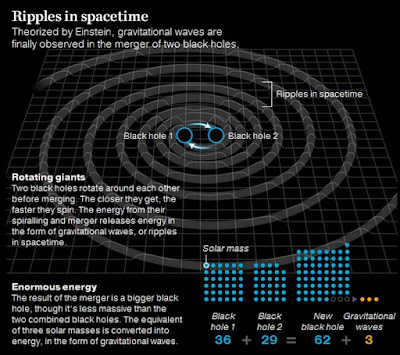
This was caused by two black holes colliding, 1.3 billion years earlier! 9īlack holes can be located by the effect they have on what’s around them – they suck in gas, dust and stars, which becomes superheated and emits radiation that can then be ‘seen’ as a heat image. Then, a century later in 2015, he was proved correct when gravitational waves were detected for the first time by researchers at the Laser Interferometer Gravitational-Wave Observatory (LIGO). In 1915, Albert Einstein theorized that when objects move through space, they create waves in spacetime (a concept which fuses space and time) 8 around them, just like ripples moving across the surface of a pond.

As a result, huge radio telescopes and gravitational wave detectors are used instead of conventional telescopes. 7īlack holes have such an immense gravitational pull that not even light can escape, so they cannot be seen directly. From general relativity to quantum physics and string theory, black holes offer experts a testing ground for fundamental theories that explain how the universe operates. Einstein’s general relativity says that when matter is pulled into a black hole, its information is destroyed – but quantum mechanics says that cannot happen.Īs a result, black holes are an incredible theoretical playground for astrophysicists and mathematicians, attempting to reconcile the two theories. The forces at play there are so immense that science can’t agree about what happens next.

When we look at the centre of a black hole – the ‘singularity’ – it gets complicated. But from there on in – quite literally – they put Einstein’s theory to the test. Einstein’s theory of general relativity 6 states that matter warps time and space, creating what we call gravity – and black holes are incredibly dense conglomerations of matter, hence their incredible gravitational pull. Not only do black holes explain the seemingly chaotic movements of some stars and help make sense of our galaxy, but they represent a new realm of physics for scientists. It is thought that these are the black holes that merge to form the supermassive variety. They’re still a bit of a mystery, with only a few having been discovered, but they’re each believed to have a mass of between 100 and 100,000 Suns. 4 Intermediate-mass black holes are a third category that – as the name suggests – falls somewhere between the previous two. It is thought that this type of black hole reaches its enormous size by merging with other black holes, as well as by subsuming stars. 3 The largest, known as supermassive black holes, can have masses that are millions if not billions of times the mass of the Sun. They form after the centre of a large star collapses, causing a supernova (the explosion of a star).

Stellar-mass black holes are the smallest between 1 and 100 times the mass of the Sun. Astronomers believe that most spiral and elliptical galaxies have black holes at their centres. 1īlack holes are objects with extreme density, and the amount of mass they have means they have so much gravitational pull that even light gets trapped. If the core's mass is more than about three times the mass of the Sun, the force of gravity overwhelms all the other forces, the remnant collapses and produces a black hole. Black holes are forged from the small, dense, remnant cores of dead stars.


 0 kommentar(er)
0 kommentar(er)
